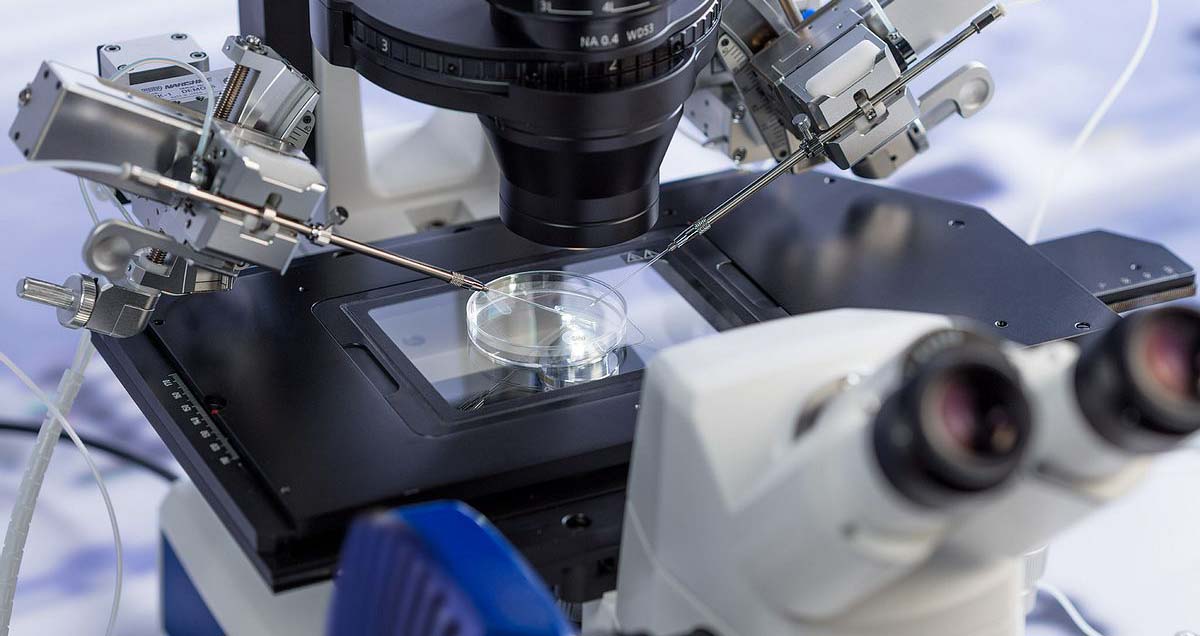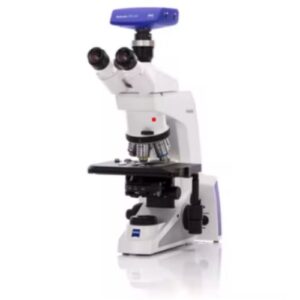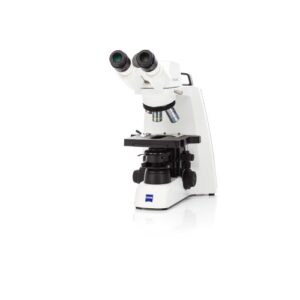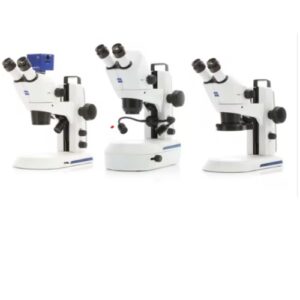The first microscope was produced in the Netherlands in 1608; this powerful tool has been used for a myriad of purposes, from observing cells and bacteria to viewing objects too small for the naked eye.
In recent years, digital microscopes have become increasingly popular due to their many advantages over traditional optical microscopes. If you are looking for a microscope that will allow you to view digital images of specimens, you have come to the right place.
In this guide, we will discuss the different types of digital microscopes available on the market and what you need to know before making your purchase. We will also provide some tips on how to find the best deal with our digital microscope buying guide.
So, whether you are a student, a scientist, or someone who wants to explore their world more closely, read on for all the information you need!
Digital Microscope: What Is It & How Does It Differ From A Traditional One?
A digital microscope is a type of optical microscope that uses a digital camera to capture images of specimens. These images can then be viewed on a computer screen or another digital device.
Unlike traditional microscopes, which use lenses and mirrors to magnify an image, digital microscopes create an image by using a charged-coupled device (CCD) sensor. This sensor converts light into electrical signals, which are then converted into digital images by the microscope’s software.
Digital microscopes have many advantages over their traditional counterparts. For one, they are much easier to use since there is no need to focus the lenses or align the mirrors.
Additionally, digital microscopes can capture high-resolution images and videos of specimens, which can be stored on a computer or other digital device for later viewing.
And, since digital microscopes create images electronically, they can be easily shared with others via email, social media, or online file-sharing services.
Now that you know a little bit more about digital microscopes, let’s take a look at the different types that are available on the market.
Compound Digital Microscopes
A compound digital microscope is a type of optical microscope that uses two or more lenses to magnify an image.
These microscopes are similar to traditional compound microscopes, but instead of using mirrors and lenses to capture an image, they use a CCD sensor.
Compound digital microscopes are often used in classrooms and science labs, as they are able to provide high-resolution images of specimens.
Stereo Digital Microscopes
A stereo digital microscope is a type of compound microscope that uses two separate optical paths to create three-dimensional (3D) images of specimens.
These microscopes are similar to traditional stereo microscopes, but instead of using mirrors and lenses to capture an image, they use a CCD sensor.
Stereo digital microscopes are often used in industrial and medical applications, as they can provide detailed 3D images of objects.
USB Digital Microscopes
A USB digital microscope is a type of optical microscope that connects to a computer or other digital device via a USB port.
These microscopes are similar to traditional optical microscopes. Instead of using a separate camera to capture an image, they use the computers or devices’ built-in camera.
USB digital microscopes are often used in educational and scientific applications. They can be easily connected to a computer or laptop for image capture and analysis.
Digital Microscope Buying Guide: Tips & Tricks
Now that you know the different types of digital microscopes available, let’s take a look at some tips on how to find the best one for your needs. Our digital microscope buying guide outlines the principles of search.
1. Determine the Type Of Microscope You Need
The first step in finding the best digital microscope is to determine the type of microscope you need. As we discussed above, there are three main types of digital microscopes: compound, stereo, and USB.
Each type of microscope has its own unique set of features and benefits, so it’s important to choose the one that best meets your needs.
2. Consider the Resolution
One of the most important factors to consider when choosing a digital microscope is the resolution. Resolution is the number of pixels in an image, and it’s measured in megapixels (MP).
The higher the resolution, the more detail you’ll be able to see in your images.
Most digital microscopes have a resolution of 5MP or higher, which is sufficient for most applications. However, if you need to capture very detailed images, you may want to consider a microscope with a resolution of 10MP or higher.
3. Consider the Magnification
Another important factor to consider when choosing a digital microscope is the magnification. Magnification is the ability of the microscope to enlarge an image, and it’s measured in terms of x (i.e., 20x, 50x, 100x).
Most digital microscopes have a magnification of 20x to 50x, which is sufficient for most applications. However, if you need to capture very small objects or details, you may want to consider a microscope with a higher magnification.
4. Consider the Camera Type
Another factor to consider when choosing a digital microscope is the type of camera. There are two main types of cameras used in digital microscopes: CCD and CMOS.
CCD cameras are typically more expensive than CMOS cameras, but they offer better image quality. CMOS cameras are less expensive, but they don’t provide the same level of image quality as CCD cameras.
5. Consider the Lighting Type
Another factor to consider when choosing a digital microscope is the type of lighting. There are two main types of lighting used in digital microscopes: LED and fluorescent.
LED lighting is more expensive than fluorescent lighting, but it provides better image quality. Fluorescent lighting is less costly, but it doesn’t offer the same level of image quality as LED lighting.
Digital Microscope Buying Made Easy
Now that you know the different types of digital microscopes and what to look for when choosing one, it’s time to start shopping with our digital microscope buying guide.
Compare features and prices to buy digital microscope of the best kind that fits your needs.
And if you have any questions about digital microscopes, get in touch with us, and we will accommodate your needs.




